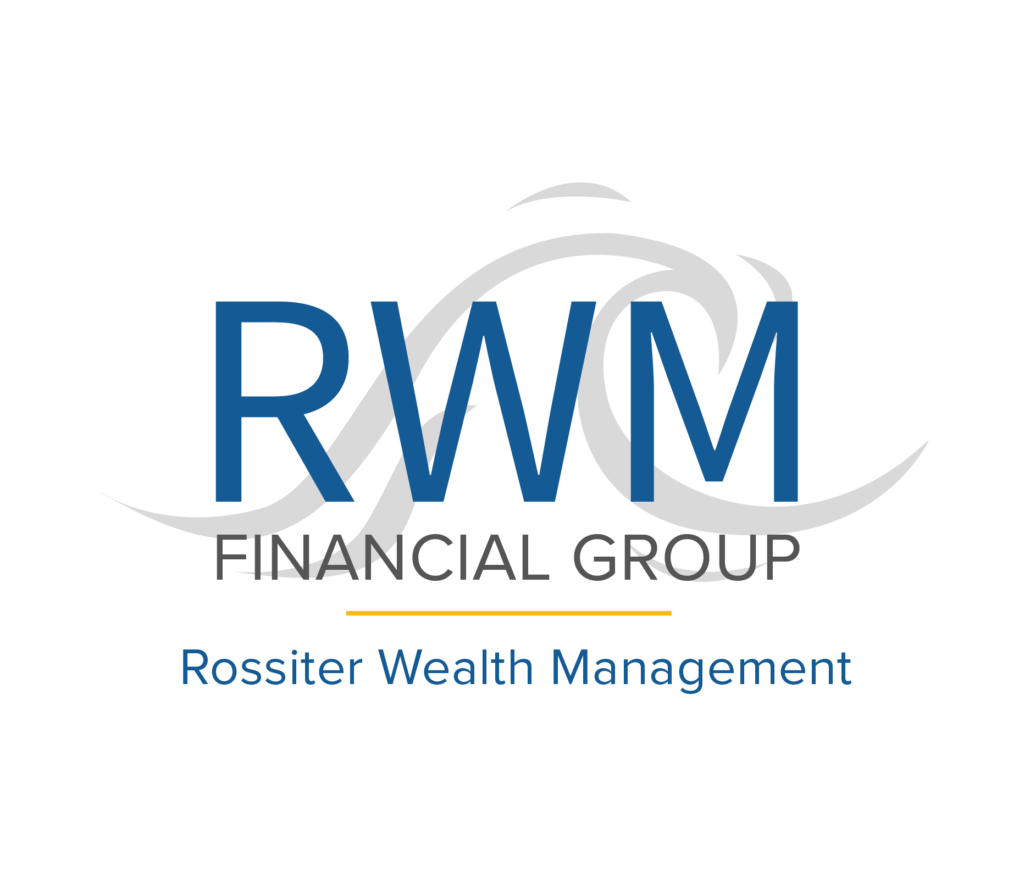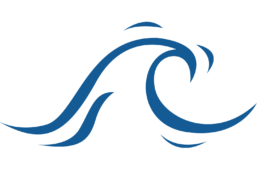Are you one of those people who think that they have plenty of time to start saving for retirement? If so, you’re making a huge mistake. The sooner you start saving for retirement, the more money you will have when it comes time to retire.
In this blog post, we will discuss the importance of saving for retirement early and how compounding interest can help you reach your goals!
The Importance of Retirement Plans
When it comes to personal finance and money management, there’s a lot of misinformation out there. A study from the Financial Industry Regulatory Authority found that only 24% of Americans could pass a basic financial literacy test. This is why financial wellness programs and resources at work like retirement plans, are essential. They provide employees with the education and support they need to make sound decisions about their money.
If you’re not saving for retirement, start today. Even if you can only contribute a small amount, it’s important to get started. The earlier you start saving, the more time your money has to grow through compounding interest.
Employees who opt out of retirement savings or put it off often don’t have the information necessary to make better decisions based on the power of compounding interest.
What is Compounding Interest?
Compounding interest is when you earn interest on your initial investment, plus any interest that has accumulated in previous periods. Reinvesting your earnings generates new earnings from the original investment – and that’s called compounding.
But it’s not just about starting early. Consistency is key when it comes to saving for retirement. The more you can save on a regular basis, the better off you’ll be down the road.
If you’re not sure how much you should be saving for retirement, a good rule of thumb is to save at least 15% of your income. But if you can save more, that’s even better.
For example, let’s say you start saving $200 per month at age 25. If you continue saving that same amount and earn a conservative return of six percent, you’ll have almost $900,000 saved by the time you retire at age 67.
What Happens if You Wait to Start Saving?
If you wait until age 35 to start saving, you’ll need to save almost $500 per month to have the same amount of money when you retire, as someone who started saving 10 years earlier than you.
The effect of compounding really adds up over time, especially if you start early. In the example above, the difference in savings between starting at 25 versus 35 is almost $600,000.
The power of compounding interest is real. And, the sooner you start saving for retirement, the more time your money has to grow. If you haven’t started saving yet, don’t wait any longer.
What Types of Retirement Savings Programs Are There?
There are two main types of retirement savings programs – employer-sponsored plans and individual retirement accounts (IRAs). Employer-sponsored plans, such as 401(k)s, 403(b)s, and 457s, are tax-advantaged savings plans offered by many employers. These plans typically offer a matching contribution from your employer, making them a great way to save for retirement.
IRAs are another type of retirement savings account that you can open on your own. There are two main types of IRAs – traditional and Roth. With a traditional IRA, you make contributions with pre-tax dollars and pay taxes on the money when you withdraw it in retirement. With a Roth IRA, you make contributions with after-tax dollars and the money grows tax-free.
There are other types of retirement savings programs, such as annuities and pension plans. But employer-sponsored plans and IRAs are the most common.
If your employer offers a retirement savings plan, be sure to take advantage of it. If you don’t have access to an employer-sponsored plan, open an IRA and start saving on your own. It’s never too late to start saving for retirement.
How Much Would I Have to Save if I Started at 30?
A recent study found that an alarming amount of millennials and Gen-Zers have nothing saved for retirement. That’s scary considering that most people retiring today are living 20-30 years in retirement.
There are a number of reasons why millennials and Gen-Zers are so unprepared for retirement. One reason is that many of them are saddled with student loan debt. According to the study, millennials and Gen-Zers said their student loan debt was the biggest reason they weren’t saving for retirement.
Other reasons include low wages, high living costs, and a lack of financial literacy. Many young people simply don’t know how to save for retirement or don’t think they can afford to.
If you’re in your 20s or 30s and have nothing saved for retirement, don’t despair. It’s never too late to start saving. Even if you can only afford to save a little bit each month, it’s better than nothing. And the sooner you start, the more time your money has to grow.
If you started saving for retirement at age 30, assuming a six percent rate of return, you would need to save $383 per month to have the same amount of money saved as someone who started saving at 25.
If you’re not sure where to start, try our retirement calculator. This tool can help you figure out how much you need to save and which type of retirement savings account is right for you.
Embed that calculator!
iframe:
<style>.embed-container { position: relative; padding-bottom: 56.25%; height: 0; overflow: hidden; max-width: 100%; } .embed-container iframe, .embed-container object, .embed-container embed { position: absolute; top: 0; left: 0; width: 100%; height: 100%; }</style><div class=’embed-container’><iframe src=’https://lpl.wealthmsi.com/retirement_planner/’ style=’border:0′></iframe></div>
Final Thoughts
Saving for retirement may seem like a daunting task, but it doesn’t have to be. The earlier you start, the more time your money has to grow. And with the power of compounding interest on your side, you’ll be on your way to a bright financial future. The earlier you start saving, the more time you have to reach your retirement savings goals.
Saving early can also help you reduce your taxes in retirement. If you contribute to a traditional IRA or employer-sponsored retirement plan, you can deduct your contributions from your taxable income.
Lastly, saving for retirement early can help you avoid running out of money in retirement. If you start saving early, you’ll have a larger nest egg that can last throughout your retirement years.
What are you waiting for? Start saving for retirement today. Talk to someone on our RWM team about the retirement savings options available to you and make saving for retirement a priority.




